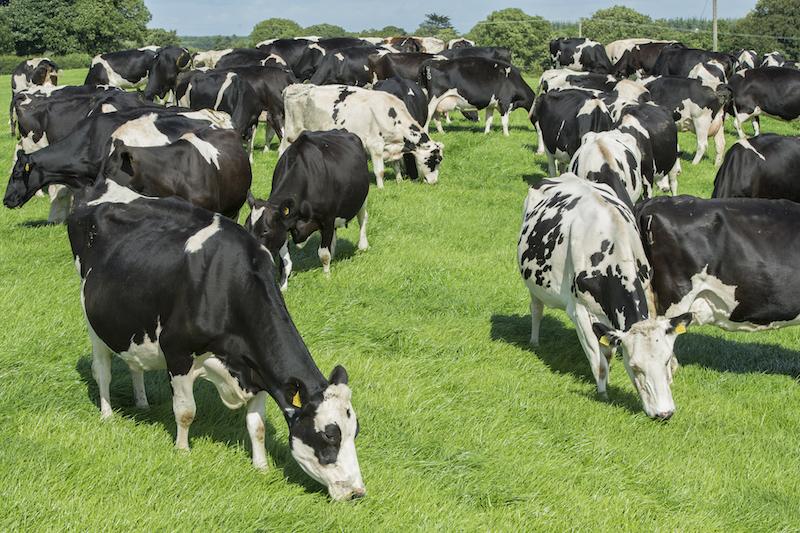Redwater Bulletin
Redwater is a life-threatening disease of cattle caused by a parasite called Babesia divergens. The parasite is transmitted by ticks. High risk periods for Redwater are late spring/early summer and autumn. However, cases of Redwater may occur throughout the year, if conditions for ticks are suitable.
Farmers should monitor cattle carefully for early signs of Redwater including:
- animals staying away from the herd
- reduced appetite
- high temperature
- frothy, red-brown urine
- “pipestem diarrhoea”
As the disease progresses anaemia, jaundice, constipation and recumbency can occur. Contact your veterinary practitioner immediately if you suspect Redwater.
One of the unusual features of Redwater is that calves exhibit some natural resistance compared to adult cattle. Cattle under approximately six months tend not to develop clinical disease and will develop immunity if exposed to the disease.
Possible methods of reducing clinical cases of Redwater include:
- Preventing animals from being bitten by ticks through:
- Pasture management (clear scrub, prevent overgrowth)
- Preventing cattle grazing tick-infested areas during major risk periods
- Applying topical products to control ticks. When the effect of these products wears off, the animal is once again susceptible to being bitten and infected.
- If cattle must graze areas infested with ticks, ensure they are exposed to these areas before 6 months of age.
- Injecting cattle animals with imidocarb diproprionate (prescription only medicine, withdrawal period is 213 days for meat and 21 days for milk). Cattle should be allowed to be infected with the Redwater parasite in the 4 weeks following administration. They will then go on to develop immunity to Redwater. It is important to note that if they are not infected during this time, they will not develop immunity and remain susceptible.
Further information may be found in the AHI leaflet ‘Redwater – the Facts’.
Redwater is a life-threatening disease of cattle caused by a parasite called Babesia divergens. The parasite is transmitted by ticks. High risk periods for Redwater are late spring/early summer and autumn. However, cases of Redwater may occur throughout the year, if conditions for ticks are suitable.
Farmers should monitor cattle carefully for early signs of Redwater including:
- animals staying away from the herd
- reduced appetite
- high temperature
- frothy, red-brown urine
- “pipestem diarrhoea”
As the disease progresses anaemia, jaundice, constipation and recumbency can occur. Contact your veterinary practitioner immediately if you suspect Redwater.
One of the unusual features of Redwater is that calves exhibit some natural resistance compared to adult cattle. Cattle under approximately six months tend not to develop clinical disease and will develop immunity if exposed to the disease.
Possible methods of reducing clinical cases of Redwater include:
- Preventing animals from being bitten by ticks through:
- Pasture management (clear scrub, prevent overgrowth)
Preventing cattle grazing tick-infested areas during major risk periods
Applying topical products to control ticks. When the effect of these products wears off, the animal is once again susceptible to being bitten and infected.
- If cattle must graze areas infested with ticks, ensure they are exposed to these areas before 6 months of age.
- Injecting cattle animals with imidocarb diproprionate (prescription only medicine, withdrawal period is 213 days for meat and 21 days for milk). Cattle should be allowed to be infected with the Redwater parasite in the 4 weeks following administration. They will then go on to develop immunity to Redwater. It is important to note that if they are not infected during this time, they will not develop immunity and remain susceptible
